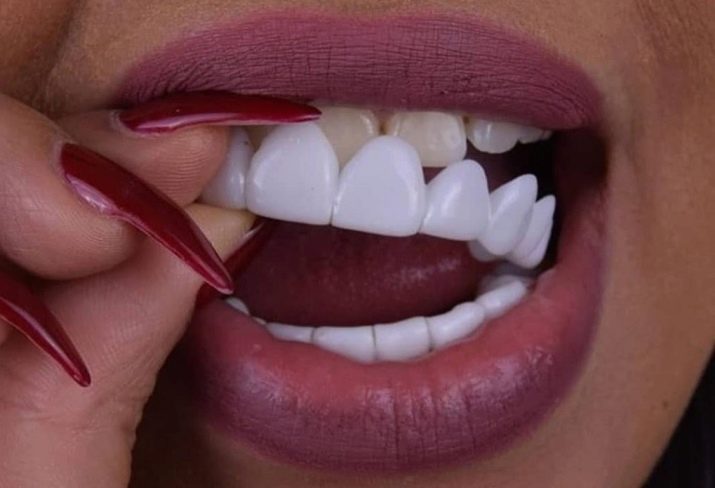How to whiten teeth at home?
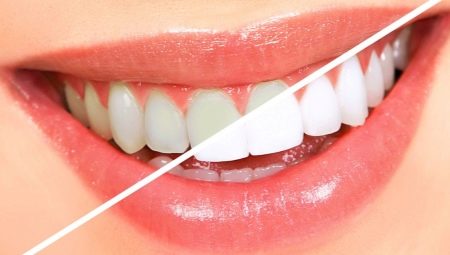
It has always been considered good form to have beautiful white teeth. But in modern reality it is not so easy to keep a snow-white smile: tobacco, strong tea, coffee, fast food - and if all this is on the go, then there is no way to pay timely attention to brushing your teeth.
All this leads to darkening of the enamel. There is no time to go to a whitening specialist, but what to do in this case? There is a way out: special means for teeth whitening, as well as folk recipes, will help out. This article will tell you how you can whiten your teeth at home.
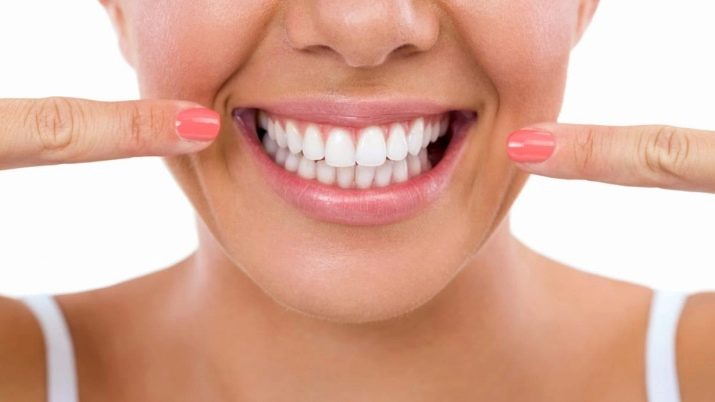
Subtleties of whitening
Before you whiten your teeth at home, you need to decide on the ultimate goal: would you just like to lighten the yellow enamel or bring your teeth to whiteness? The task depends on how to quickly achieve the result at home.
You can clean the enamel yourself without harm with folk remedies, but in order to truly make your teeth white, you will need specialized formulations, often with chemicals.
The latter, of course, will provide you with a snow-white smile, but, penetrating deeply into the enamel layer, they can destroy it.
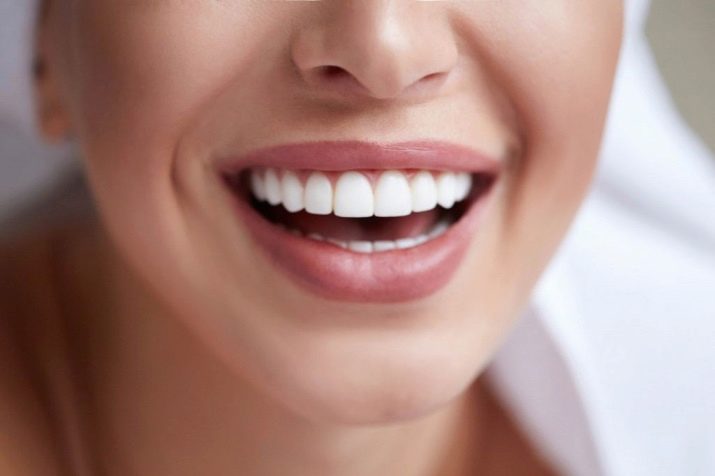
When making a decision, you need to know - the choice is up to everyone. But the usual clarification is not so dangerous, as a rule, it is the removal of tartar and yellow plaque. But it is not always possible to achieve a 100% cosmetic effect due to this procedure, especially if you are an experienced smoker, coffee lover or red wine lover.

The fact is that the enamel is naturally yellowish, so it will not shine with whiteness simply cleaned of plaque. The same story is with the teeth of elderly people.Age-related changes also affect the enamel layer: over time, the enamel becomes thinner, dentin comes out onto the surface, and the teeth become darker.
Before using any bleaching products, you need to make sure that there will be no harm from this procedure. In dental clinics, this will be determined by specialists, and at home, everyone should examine their teeth themselves and understand how to act - using a gentle method or using aggressive means.
Only healthy teeth are treated with the latter.
The use of caustic compounds is contraindicated in case of "looseness" of gingival tissues, thinning of enamel, stomatitis and other diseases of the oral cavity.
Well, and you need to check whether the selected agent will cause allergies.

Folk remedies
People do not stop inventing various recipes and methods at home, including those related to teeth whitening, using different products and ingredients that are always at hand. Many people believe that the best teeth whitening products are those that are made by hand.
More recently, the popular drink Coca-Cola was used to quench thirst, and today they remove plaque. Rinse the mouth with a warm drink for up to 15 minutes, and then rinse with plain water. Repeating the procedure daily, after a short time, you will notice that the teeth become whiter.
There are known recipes that our grandmothers used to whiten enamel. Let's consider in detail the most effective of them.
Soda
Baking soda bleaching is considered a classic option.
Soda not only copes with plaque, but also has a healing effect.
Treatment with a soda solution of the oral cavity can cure some diseases.
But above all, in this case, she is able to quickly return a snow-white smile. When you are waiting for an important meeting, and really want to look perfect, dilute a teaspoon of baking soda in a small amount of water to a pasty state.
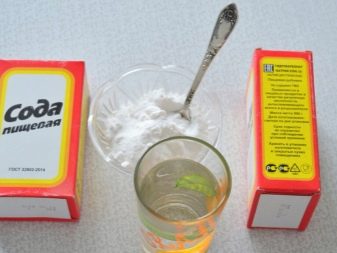
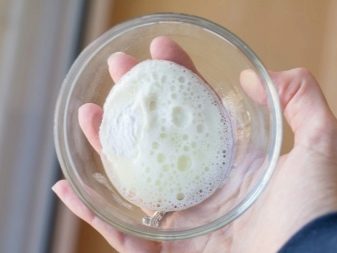
Apply the composition to the teeth, rub gently over the enamel layer. Let the soda paste work for 1-2 minutes and rinse out your mouth.
The yellow enamel will become whiter, but this method should not be used often, as soda has an abrasive effect on the enamel.
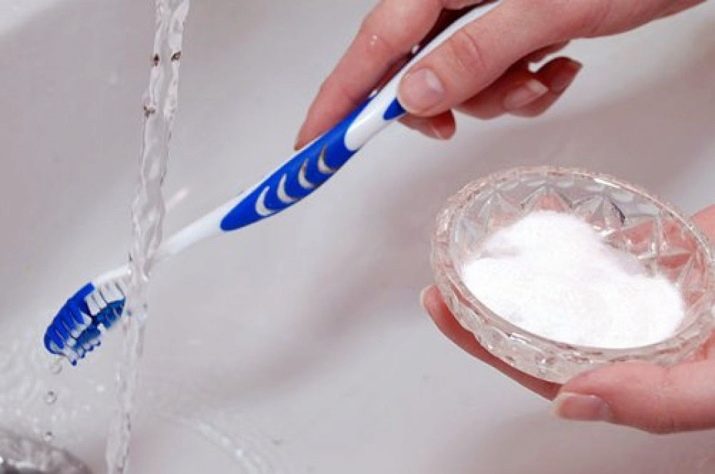
But in combination with toothpaste, baking soda can be used more often, or even better, mixed with tooth powder. One teaspoon of baking soda is added to a jar of powder for cleaning teeth. With regular use, you will definitely see the effect of such a "duet".
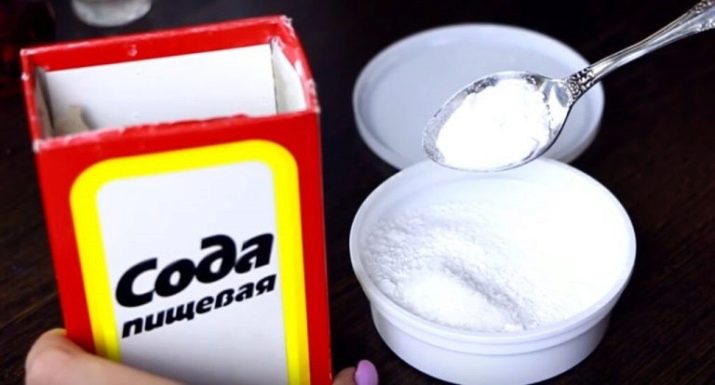
Hydrogen peroxide
Hydrogen peroxide is famous for its brightening properties, so why not use it to eliminate dark plaque on teeth and brighten tooth enamel as well? This requires a 3% composition, and here's how to use it:
- toothpaste is used to clean teeth as usual;
- make a solution of hydrogen peroxide (up to 30 drops) and 100 ml of warm water;
- with peroxide diluted with water, rinse the mouth;
- then the teeth are treated with an undiluted composition (a cotton swab is dipped in peroxide and the teeth are wiped from the outer and inner sides);
- in places where there are dark spots, re-processing;
- complete the procedure with a thorough rinsing of the mouth;
- you can brush your teeth again with a paste or powder.
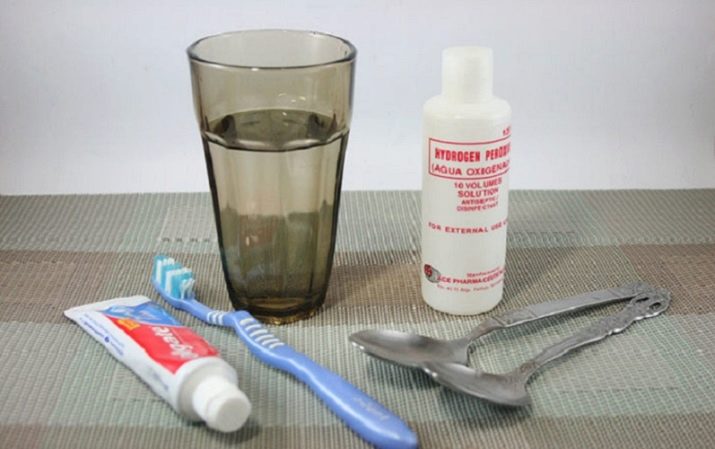
Activated carbon
Cleaning with activated carbon is considered safe, but according to the recommendation of experts, it should not be carried out more than once a week. The solid tablet formulation must be powdered. You will need 2 tablets for one cleaning.
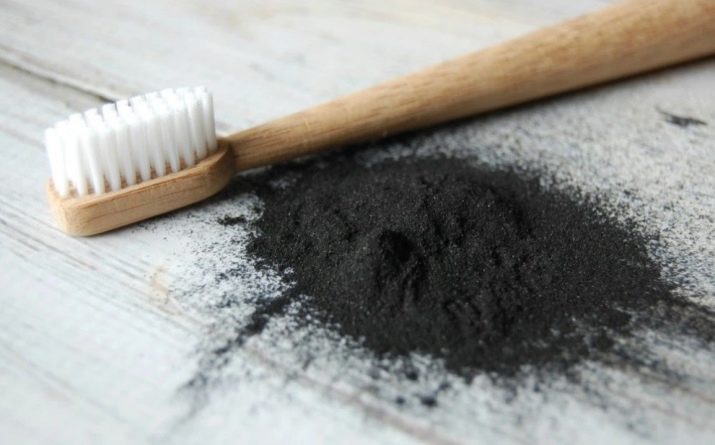
You need to apply the crushed activated carbon to the moistened bristles of the toothbrush and brush your teeth as usual. To prevent the powder from scattering, it can be mixed with toothpaste.
Do not expect a quick effect from this remedy, but in a month the result will be obvious.


If you want an instant whiteness effect, mix baking soda and activated carbon powder in equal proportions.
The composition is diluted with water to a state of gruel and smeared with fingers on the teeth from the inside and outside. This procedure is carried out occasionally, the composition is quite aggressive.
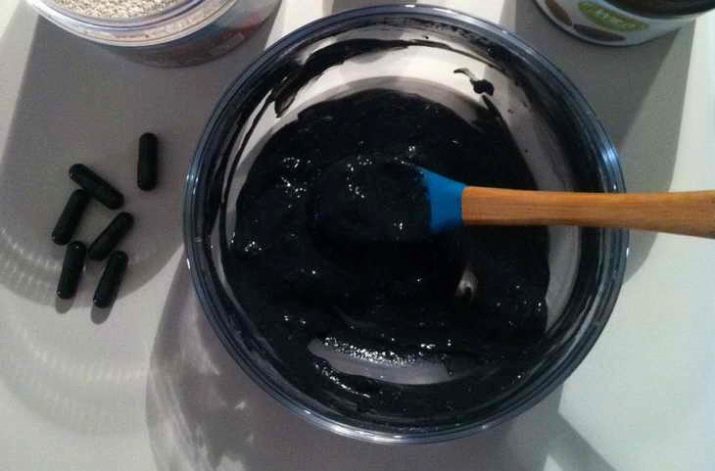
Activated charcoal should not be used to brush the teeth of children (it thinns the enamel), as well as adults who have increased sensitivity of the teeth.
The diagnosis of caries also prohibits the use of activated carbon. Well, you should be aware that charcoal gets stuck in the interdental spaces, and regular rinsing will not help. To remove black particles, you have to make additional efforts, for example, work with a brush.
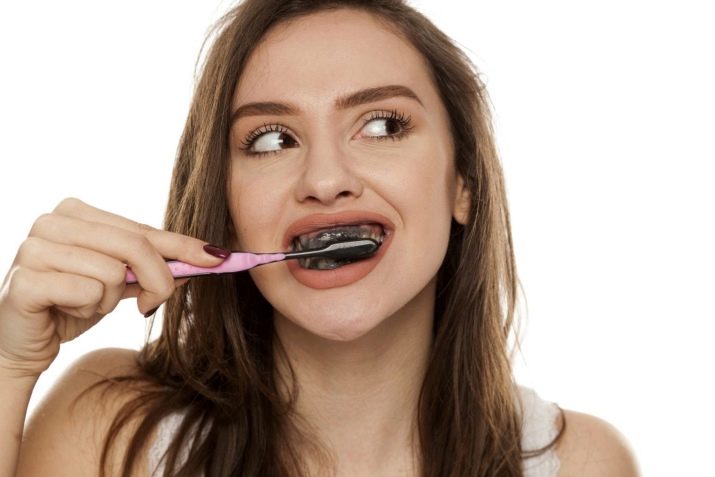
White clay
White clay has long been used for dental procedures due to the presence of kaolin in its composition. This substance has bactericidal properties, and therefore the composition not only whitens the teeth, but also has a positive effect on the gums, strengthens them.
By the way, many toothpastes contain kaolin, which indicates the usefulness of the element that is included in the clay composition.
The very white clay for cleaning teeth is ground and essential oil is added to the clay dust (choose your favorite).
A few drops are enough to flavor the composition. If you combine white clay with baking soda, you get a more aggressive composition, it is suitable for cleaning and whitening exceptionally healthy teeth.

Tea tree oil
Tea tree oil not only brightens the enamel, but also corrodes tartar, reduces bleeding gums and heals the oral mucosa. ZThe cleaning brush is moistened and a few drops of oil are dripped onto it, then the toothpaste is squeezed out and the teeth are brushed.
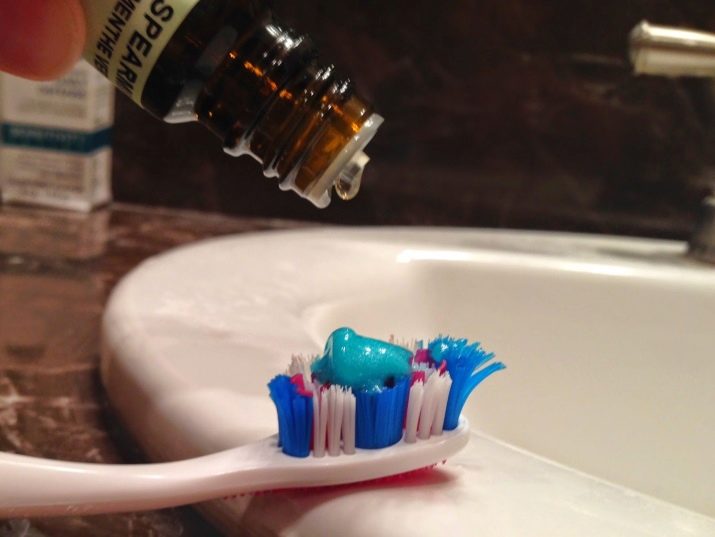
Tea tree oil can be used with activated charcoal or white clay. In any composition, it retains its functions and acts effectively on the teeth, gums and oral cavity.
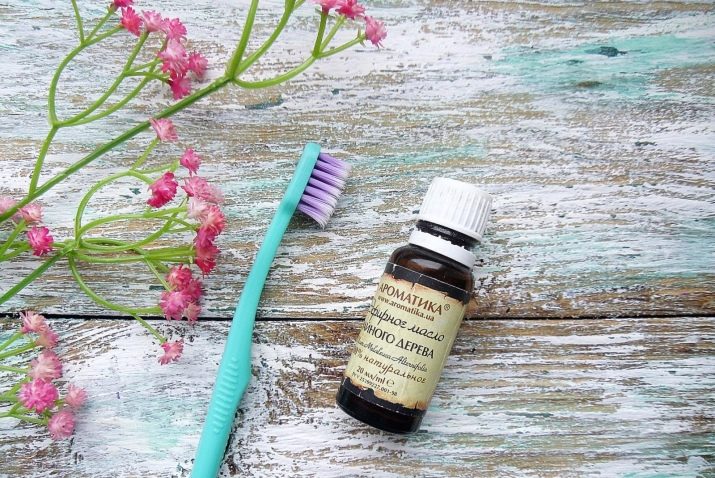
Lemon
Lemon juice is generally good for the oral cavity, besides the refreshing effect, it is able to cope with tartar and plaque, and also has a beneficial effect on the gums. Lemon is used in enamel whitening very simply: after peeling with a regular paste, cut the citrus into slices and rub the juice thoroughly into the teeth.

After the procedure, after a couple of minutes, rinse your mouth with warm water. This is repeated several times, but after the first time you will notice that the enamel has become whiter. Observe the following guidelines when using citric acid:
- do not consume colored liquids (red wine, coca-cola, juices from bright fruits and vegetables) for at least two days after the procedure;
- whitening with lemon is recommended no more than 3 times a month with an interval of 10 days.
By the way, another citrus, akin to lemon, orange, can also be useful in brushing your teeth. Don't throw away orange peels, they are rich in essential oils. You can knead it and rub oil into the top layer of your teeth, or you can add oil drops to activated charcoal or white clay.
Another use of citrus fruits is the use of zest. The dried zest is ground to a powdery state and mixed with a crushed laurel leaf. A little bit of toothpaste is squeezed onto the brush, a laurel-citrus composition is poured on top and the teeth are brushed - this procedure removes dark plaque.
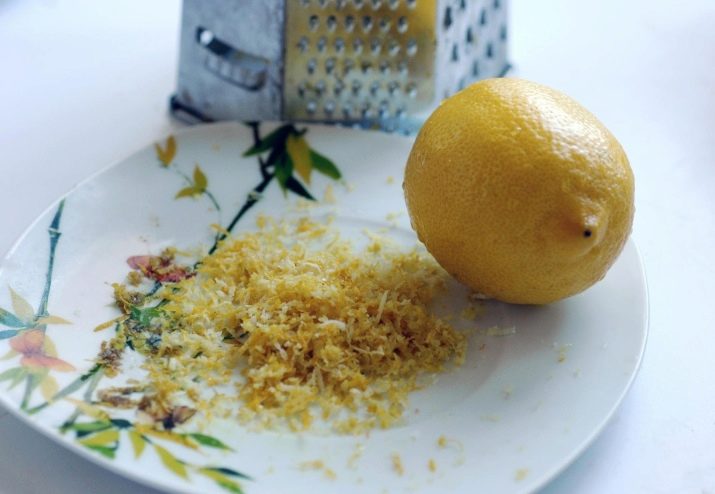
Coconut oil
Coconut oil is also a popular teeth whitening product. It is easy to find it on sale, you need to treat your teeth with a coconut composition and after a quarter of an hour brush it with your usual toothpaste.
Some people simply put some oil in their mouth, hold the specified time, then spit it out and rinse it with warm water. Coconut oil is used every other day (no more than 3 times in 7 days).
A very good remedy for those with sensitive teeth.
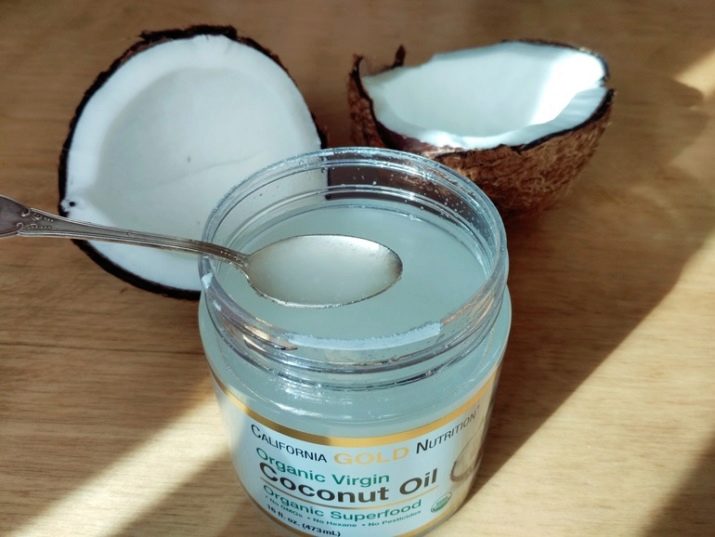
Green walnut peel
Do not be surprised at this method of whitening, it also has a right to exist, all the more time-tested. It has been used since before the advent of cosmetics and has been proven to be very effective.They simply rubbed their teeth with a peel and got the desired effect.
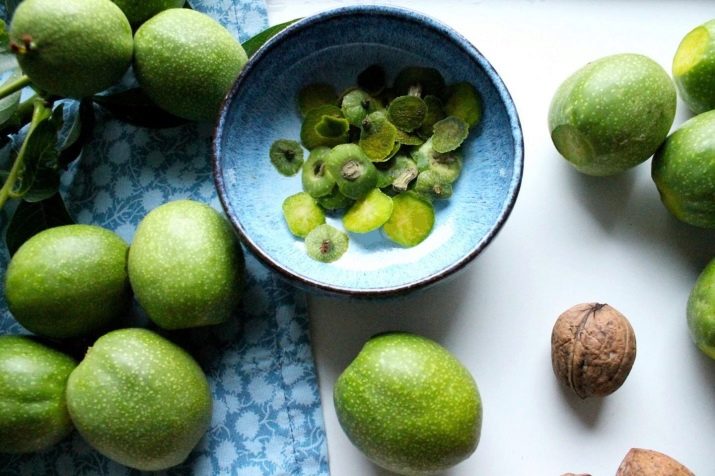
Calcium gluconate
The pharmaceutical preparation is sold in the form of tablets and ampoules in a liquid state. Some people prefer to buy a 10% solution and make lotions for the gums, as well as apply cotton pads soaked in the product to their teeth. Others make a powder from tablets and rub it into their teeth - the enamel becomes lighter in tone.
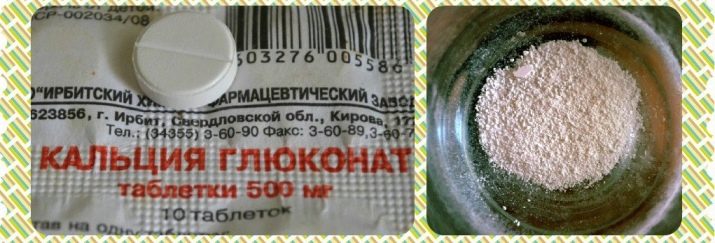
Professional drugs
Everyone decides for himself how to achieve a result in teeth whitening. In addition to folk remedies, which are considered more gentle, you can effectively clean the plaque from the enamel with the help of professional formulations.
Industrial production offers us a wide range of dental and cosmetic products for teeth whitening. The assortment includes special pencils, pastes, gels, whitening strips - a choice, as they say, for every taste.

Whitening toothpaste
Such pastes are considered the most acceptable and effective option for obtaining a snow-white smile. This is a good alternative to professional cleaning. You only need no more than 5 minutes daily to lighten the enamel for several tones in a short time at home.
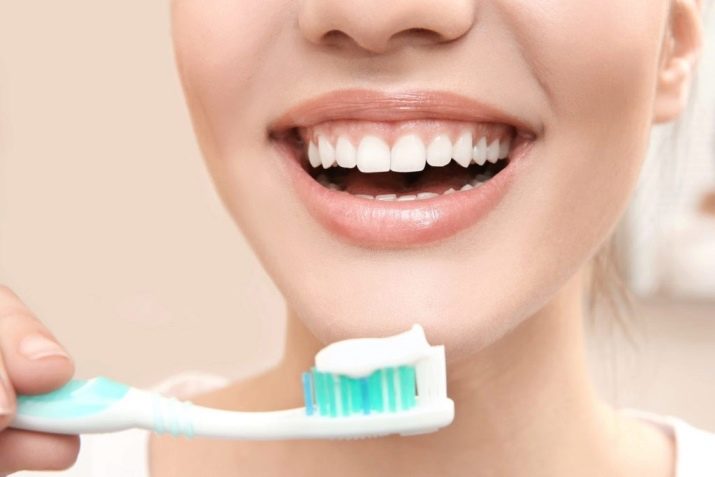
But you need to be very serious about choosing a paste with a whitening effect.
A poor-quality product can harm your teeth, destroying not only enamel, but also deeper layers of dental tissues.
Pastes are capable of penetrating deeply, and if they contain large abrasive particles, then they can be more harm than good.
To avoid negative points, when choosing such a tool, it is better to give preference to products from already proven manufacturers. Good pastes that not only restore whiteness, but also nourish dental tissues with useful elements and prevent the formation of new plaque.
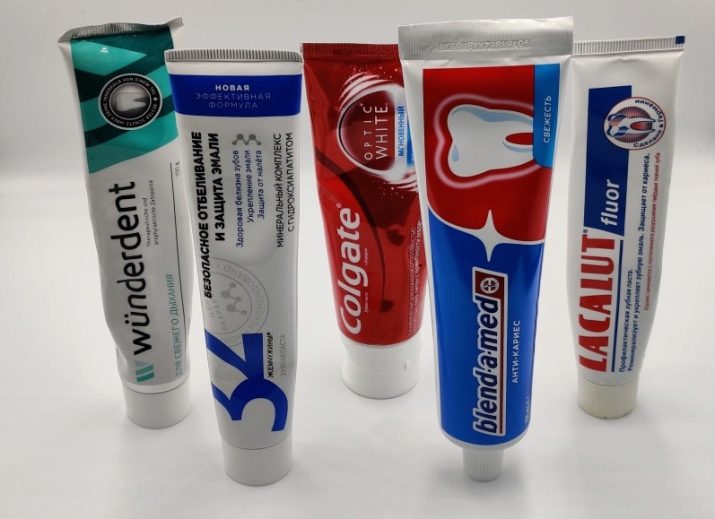
Whitening gel
Gels are considered more effective than whitening toothpastes, but also more aggressive. Therefore, buy such products only in the pharmacy chain, be sure to read the instructions before use.
Enamel gels are clarified due to the content of hydrogen peroxide in the composition. The gel is applied using a special brush, you can also use a brush, but more often, along with a tube of gel, a special bath is included in the kit - a mouth guard, which is filled with the composition.
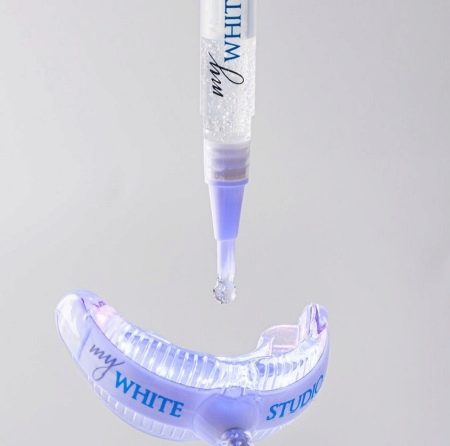
Whitening gels have become very popular with users due to their ease of use and their effectiveness. But they can cause allergic reactions, they are not recommended for use in cases of caries, as well as diseased gums.
Gels can have side effects: if you accidentally swallow the whitening gel, it can harm the esophagus and gastrointestinal tract.
For this reason, it is strictly forbidden for children to use whitening gels, even under adult supervision.
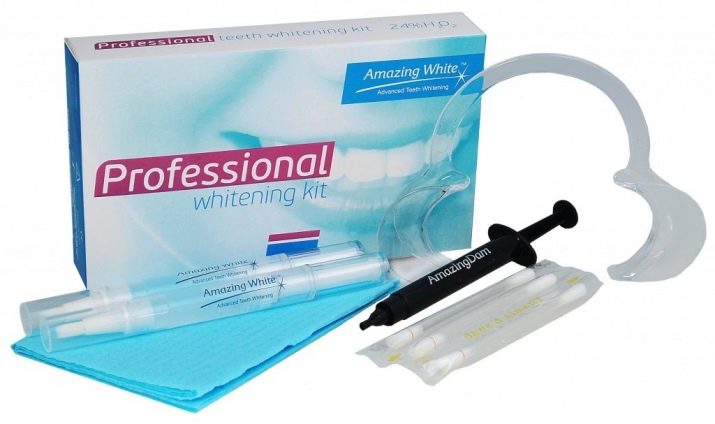
Teeth strips
The safest are special strips with a whitening composition. For self-whitening teeth at home, this is a very suitable option. Before use, you need to read the instructions for use of the strips.
They act in a gentle way on the teeth, do not destroy the enamel, depending on what kind of whitening composition the strips are impregnated with, they are kept from 5 minutes to half an hour. The minimum course of treatment is one month, that is, you will need an exposure with this method of whitening, but it is the safest and most gentle.
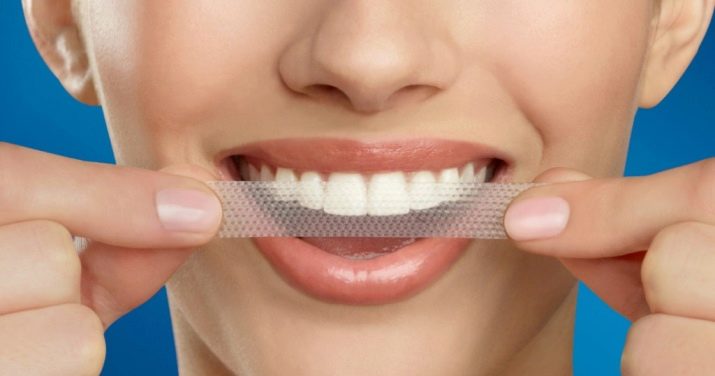
Whitening pencil
A whitening pencil is another tool in modern dentistry. It allows you to process all hard-to-reach areas. The content of the pencil is a gel that can even make the enamel lighter by several tones at once.
Emergency whitening occurs due to carbamide peroxide, which, when exposed to LED radiation, is capable of producing oxygen. Oxygen atoms penetrate into dental tissues and break down the yellowness accumulated on the enamel.

Recommendations and expert reviews
If you decide to start whitening your teeth on your own, regardless of the method chosen, experts recommend that you first prepare for this procedure. It is about strengthening the enamel, for this, first of all, include in your diet foods containing calcium.
It will not hurt to replenish the calcium supply using special pharmaceutical preparations. The required amount of calcium is useful not only for strengthening the tooth enamel before whitening it, but also for strengthening the entire bone tissue of the body in general.
Those who have very sensitive teeth, it is still better to consult a dentist. The specialist examines the condition of the dental system and determines the method of whitening.
It is important not only to carry out the procedure safely, but also so that after cleaning the whitened teeth do not hurt even more and do not react to hot and cold.
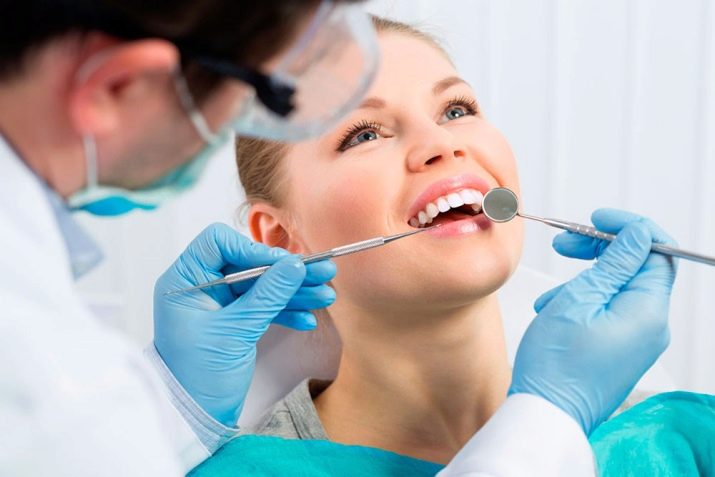
Usually, with high sensitivity of the teeth, a whitening rinse is prescribed or options with strips, baking soda are offered.

Experts urge parents to be especially careful when whitening their child's teeth. For children, the most gentle methods of removing plaque and yellowness are chosen.
It should be borne in mind that the tooth enamel finally hardens only by the age of 16; before this age, dentists do not recommend touching it.
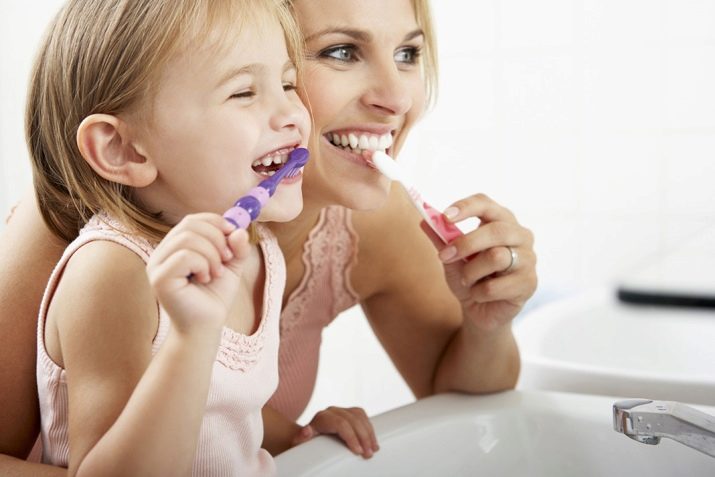
In exceptional cases with children, it is better to seek professional cleaning or use mild, plant-based products at home.
According to experts, teeth whitening procedures are practically useless for smokers. The yellowness can be partially removed, but only for a while, the tobacco will very quickly take over again.
Those who have metal-ceramic structures in their mouths or have teeth with dead tissues should also not be zealous with enamel whitening - the result will not be satisfactory.
By the way, in many cases, plastic insert veneers will provide a snow-white smile.
